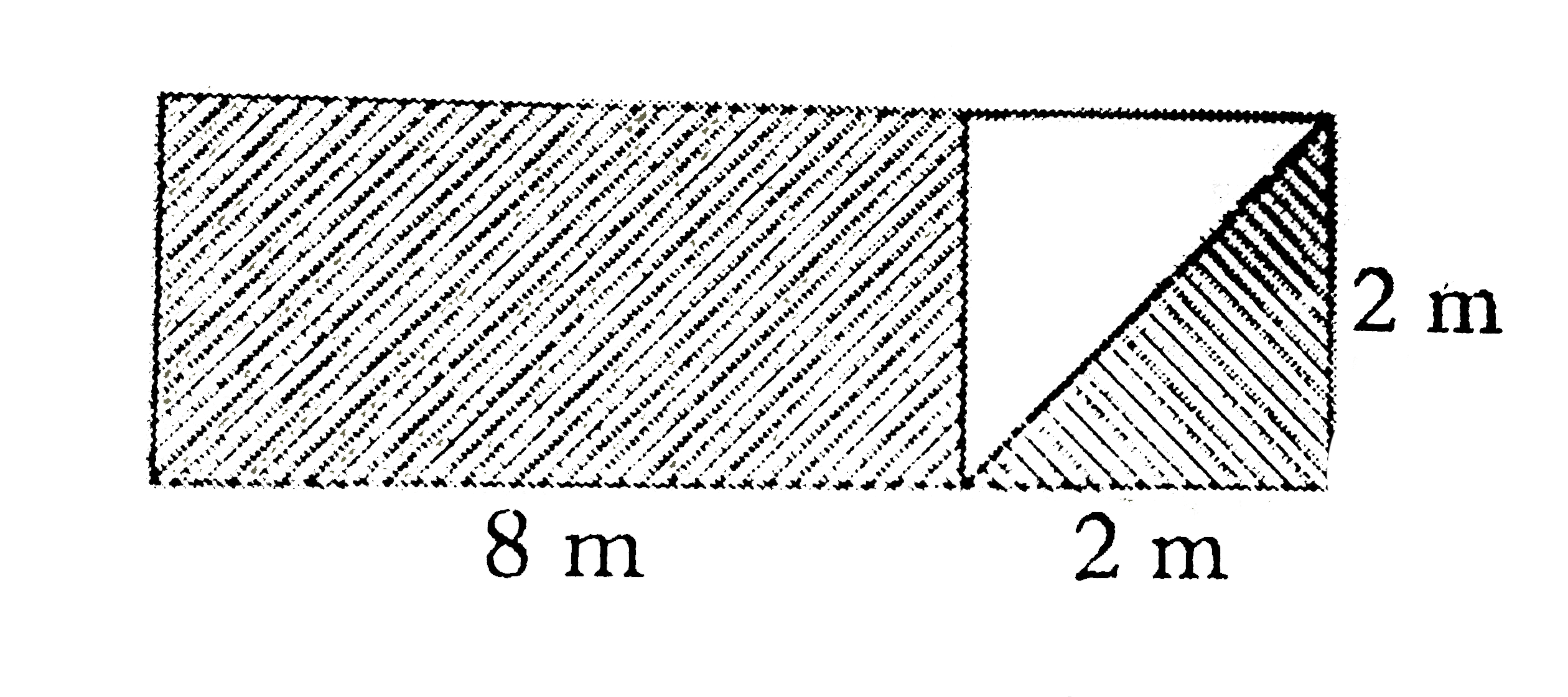The correct Answer is:a
(→ak×→ak+1)−r2sin2πn
→ak.→ak+1=r2cos2πn
Given ∣∣
∣∣n−1∑k=1→ak×→ak+1∣∣
∣∣=∣∣
∣∣n−1∑k+1ak.ak+1∣∣
∣∣
⇒r2(n−1)sin2πn=r2(n−1)cos2πn
⇒tan2πn=1
⇒2πn=kπ+π4,k∈Z
⇒n=84k=1
⇒ n=8 ( when k =0)
Note: solutions of the remaining parts are given in their respective chapters.
Topper's Solved these Questions
- DIFFERENT PRODUCTS OF VECTORS AND THEIR GEOMETRICAL APPLICATIONS BOOK - CENGAGECHAPTER - DIFFERENT PRODUCTS OF VECTORS AND THEIR GEOMETRICAL APPLICATIONS EXERCISE - JEE Previous Year (Single Question)
28 Videos
- DIFFERENT PRODUCTS OF VECTORS AND THEIR GEOMETRICAL APPLICATIONS BOOK - CENGAGECHAPTER - DIFFERENT PRODUCTS OF VECTORS AND THEIR GEOMETRICAL APPLICATIONS EXERCISE - JEE Previous Year (Multiple Question)
11 Videos
- DIFFERENT PRODUCTS OF VECTORS AND THEIR GEOMETRICAL APPLICATIONS BOOK - CENGAGECHAPTER - DIFFERENT PRODUCTS OF VECTORS AND THEIR GEOMETRICAL APPLICATIONS EXERCISE - Exercise 2.3
18 Videos
- CONIC SECTIONSBOOK - CENGAGECHAPTER - CONIC SECTIONSEXERCISE - Solved Examples And Exercises
1316 Videos
- LIMITS AND DERIVATIVESBOOK - CENGAGECHAPTER - LIMITS AND DERIVATIVESEXERCISE - Solved Examples And Exercises
320 Videos
Similar Questions
The scalar →A.(→B+→C)×(→A+→B+→C) equals (A) 0 (B) [→A→B→C]+[→B→C→A] (C) [→A→B→C] (D) none of these
View SolutionLet →a=a1ˆi+a2ˆj+a3ˆk,→a=b1ˆi+b2ˆj+b3ˆk and →a=c1ˆi+c2ˆj+c3ˆk be three non- zero vectors such that →c is a unit vectors perpendicular to both the vectors →c and →b. If the angle between →a and →n is π6 then
∣∣ ∣∣a1a2a3b1b2b3c1c2c3∣∣ ∣∣ is equal to
View SolutionIf →a,→b,→cand→d are four non-coplanar unit vectors such that →d makes equal angles with all the three vectors →a,→b,→c then prove that [→d→a→b]=[→d→c→b]=[→d→c→a]
View SolutionLet A(0,1),B(1,1),C(1,−1),D(−1,0) be four points. If P is any other point, then PA+PB+PCPD≥d, when [d] is where [.] represents greatest integer.
View SolutionEvaluate the limit: (lim)x→0sinaxsinbx
View SolutionIdentify the cell organelle 'A' :-
ltimg src="https://d10lpgp6xz60nq.cloudfront.net/physics_images/ALN_BIO_C10_E08_018_Q01.png" width="80%"gt
View SolutionHow many lines of symmetry does the above figure have ?
View SolutionWhich of the following are correct chain isomers of butane ? (i)
View SolutionDetermine the point of symmetry of a regular hexagon.
View SolutionDtermine the images of the following figure about the given line :
View SolutionMatch the following Column A to Column B

View SolutionMatch the following Column A to Column B

View SolutionMatch the following Column A to Column B

View SolutionFind the area of the figure given below.

View SolutionThe area of the shaded part in the figure given below is ______.

View SolutionThe inequation represented by the graph given below is :
View Solution

